Lights! Camera! Montana!
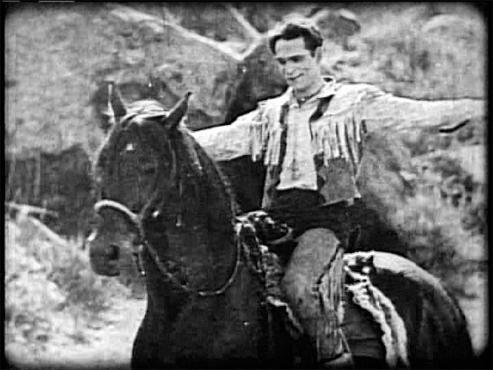
The journey is almost over for the brave crew of the last remaining “Landmaster,” an enormous 12-foot long all-terrain personnel carrier designed to withstand anything.
It has braved giant, flesh-eating cockroaches, crazed survivalists, and ultimately a nuclear apocalypse to get here, but they’re not out of the thick yet. Before they can reach Albany, the source of a mysterious radio transmission possibly from civilized survivors, they are struck by a giant tidal wave, the result of the Earth suddenly shifting on its axis. The Landmaster and the last souls aboard are tossed through the water like a toy boat and it looks as if all is lost when just as suddenly the waters calm and our heroes emerge onto the shore of a beautiful — and surprisingly mountainous New York state. They are saved.
The scene is from the 1977 science fiction film Damnation Alley, and the role of New York is played by Montana, more specifically the banks of the Flathead near Lakeside. The portrayal isn’t exactly accurate since the landscape seems a bit craggier and more pristine than the Catskills should be, but the view is beautiful, a tonic after so much apocalyptic wasteland.
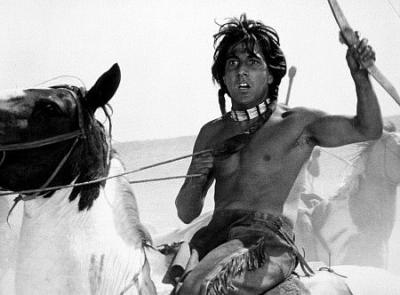
Montana is deeply entangled with the history of American film. Actor and auteur Robert Redford’s A River Runs Through It and The Horse Whisperer, both movies that highlight the natural beauty of Montana while telling deeply human stories about her inhabitants, are probably some of the first to jump to mind. While those movies are deserving of their popularity there are many movies filmed in Montana which also merit attention, starring some of Hollywood’s most iconic talent, made by brilliant directors, but which, like the cheesy end of the world flick Damnation Alley, are sadly unappreciated.
And the history is long, indeed. According to the Montana Film Office, which helps to promote the state as a location as well as assist with producers, the first motion picture made in Montana was 1926’s Devil Horse. Though silent, it contained a who’s who of early sound cinema luminaries, including the director Hal Roach, best known as the producer of the Our Gang and Laurel and Hardy shorts (in fact, Stan Laurel himself was credited with additional story material on the film), and one of the most legendary stunt men in the medium’s history, Yak Canutt. A consummate horseman all his days, Canutt would go on to choreograph the storied chariot race sequence in the 1959 Ben Hur, one of the most celebrated action scenes in all of film. Canutt later recalled Devil Horse as “the biggest and best of the films” that he had starred in. He paid for it, too; while filming the Western the actor would be thrown, nearly trampled, and finally bitten on the neck by his equine co-star, who was probably jealous over Yak’s screen time.
Devil Horse was shot on several ranches in California, but the scenes that called for real wilderness were shot on the Little Big Horn River. Over the years, the historical site of the battle would become a popular shooting location, and some 44 years after Devil Horse, one of Hollywood’s most important young directors, Arthur Penn, would use the same location for the authentic site of the climactic battle in Little Big Man, whose sprawling and tragicomic plot finds a white man raised by Indians (Dustin Hoffman, in a typically terrific turn) being a reluctant participant in Custer’s Last Stand.
Penn, previously known for Bonnie and Clyde and the counter-culture comedy Alice’s Restaurant would also direct 1976’s Missouri Breaks in Montana, and between the two a very good case can be made for his having invented the revisionist-Western. Both feature then atypical stories which questioned prevailing wisdom about the American West, so that Little Big Man presents us with a vain, megalomaniacal Custer waging an Indian War that looks more like genocide, while Missouri Breaks tell a story of cattle ranchers and cattle rustlers that subverts traditional expectations as to which of those is the bad guy, and which the good. Yet while Little Big Man was hailed as a masterpiece, garnering a four-star rating from a young critic at the Chicago Sun-Times named Roger Ebert, its director’s Montana follow-up Missouri Breaks did less well.
Starring Jack Nicholson and Marlon Brando, with a screenplay by acclaimed novelist Tom McGuane, the movie seemed assured of success on the page. Nicholson plays Tom Logan, a charismatic cattle rustler whose choice of career puts him at odds with the powerful rancher David Braxton. Braxton’s escalating attempts to rid himself of rustler’s begins with the hanging of Logan’s friend and ends with the hire of an enigmatic regulator named Robert E. Lee Clayton, a perfumed, occasionally cross-dressing sadist played to the ludicrous hilt by Brando. The great actor’s constantly fluctuating weight (he was, after all, poised to begin his perilous slide into obesity) and his penchant for reinventing his character on the fly contributed to an already troubled production, and resulted in what contemporary critic Edward Canby called “an out of control performance” from the star (one disturbing anecdote from the shoot had him take a bite of a live frog and throw it back into the water). He also decided on flourishes for his character that contradicted the rest of the script, which was to be shot after Brando’s material. Without an ending and desperate to wrap the film, Penn and Nicholson brought in a noted script doctor who came up with the ending as realized and though at the time the film did not do well it has come to be regarded as an important, if somewhat cultish, contribution to the American Western.

Perhaps the movie’s oddness is not as perplexing when we consider that its unconventional screenwriter (McGuane) also wrote the comical anti-Western Rancho Deluxe, shot largely in the Gallatin Valley in 1975. Like Missouri Breaks, Rancho DeIuxe takes pleasure in upending traditional ideas about the West. It also veritably bristles with stars, from an early starring role for Jeff Bridges to a hilariously offbeat Slim Pickens as the questionable but highly recommended stock detective that never fails to get his man.
A modest financial success in its day, the movie also featured a best-selling country music soundtrack by Jimmy Buffett. His song “Livingston Saturday Night” was written for the film, and the scene in which it was featured was shot in Livingston’s own Murray Bar. Buffett can be seen flanked by his friend McGuane and the late musician Warren Oates. The Murray is still there, and still hops on a Saturday night.
Many Montana movies are westerns, but certainly not all. Some are fascinating inversions of the Westerns, Westerns turned inside out, if you will. Some are forgotten sci-fi classics. Some of them are the first projects of burgeoning talents, poised to break out. Some have only gained an appreciative audience with time. These are examples of the kind of audaciously creative, star-studded projects that Montana seems to inspire. And though it has served as the stage for a handful of iconic films like Mr. Redford’s, it has attracted productions of every variety. One thing, though, is certain: these movies are as united by the creativity of their talented filmmakers and the brightness of their star wattage as they are by the always astonishing natural beauty of their Montana locations.
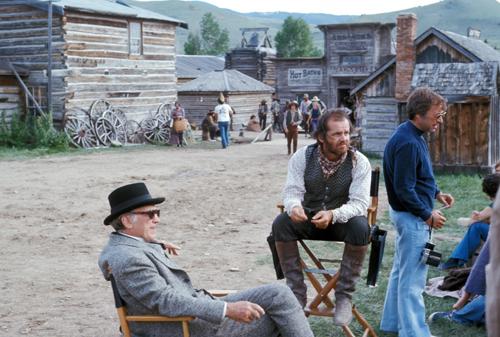

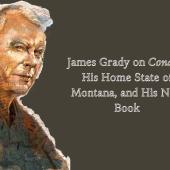
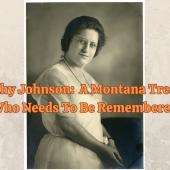


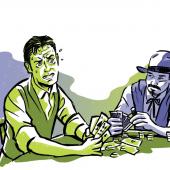
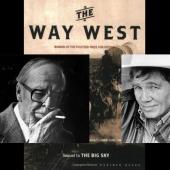





Leave a Comment Here